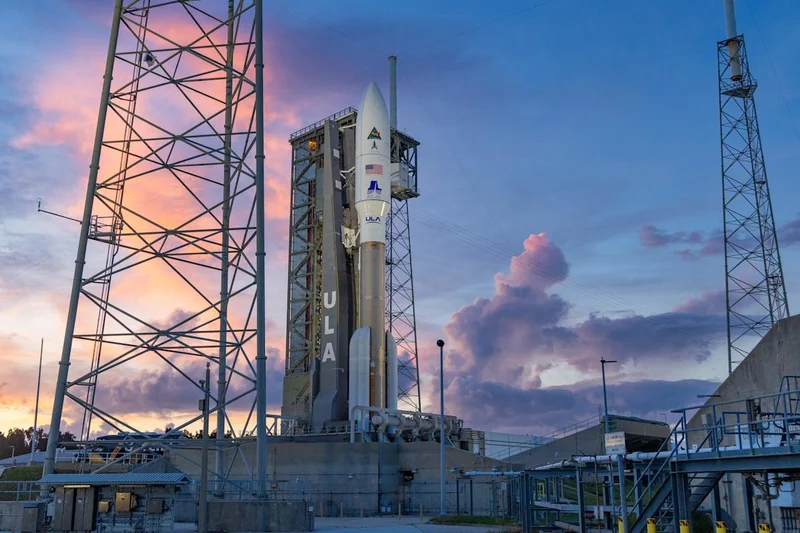The launch of ULA’s Atlas V rocket, carrying Viasat-3 F2, was scrubbed Wednesday night due to a valve issue. While “valve issue” sounds minor, in the high-stakes world of space launches, it can translate to significant delays and, more importantly, significant costs. Viasat is banking on this satellite to more than double their existing bandwidth capacity. A delay in launch directly impacts their projected revenue stream.
Let's break down the potential financial impact. Viasat's CEO, Mark Dankberg, stated the new satellite would add over 1 terabit per second (Tbps) of capacity to their network over the Americas. That’s the promise, at least. But what happens when that promise is delayed?
Viasat's previous satellite launch, ViaSat-3 F1, suffered an antenna issue, which both delayed the start of service and resulted in reduced capacity. This isn’t their first rodeo with launch-related problems. The company's stock price is currently hovering around $28. A major launch delay could easily shave off a few dollars per share, representing a loss of hundreds of millions in market capitalization.
The Atlas V 551 configuration, the one intended for this launch, is a workhorse, but it’s not cheap. Estimates put the cost of a single Atlas V launch in the neighborhood of $100-150 million. That’s just the launch itself. Viasat invested heavily in the ViaSat-3 series. The total cost of the ViaSat-3 program (three satellites) is estimated at around $2 billion. That puts each satellite, roughly, at $667 million.
So, what does this "valve issue" really cost? Is it just a matter of rescheduling for the next available launch window? I doubt it.
The problem is that a valve issue isn’t just about the valve. It’s about potential systemic problems. It introduces doubt. Did other components also experience unforeseen stress? Are there manufacturing flaws in other Atlas V rockets? These are the questions that investors start asking, and those questions have a price.

The weather forecast leading up to the launch was unusually optimistic: a 95 percent chance of favorable conditions. This makes the scrub even more frustrating. The 45th Weather Squadron even cited a “small chance for interference from cumulus clouds.” A small chance!
Now, ULA has to wait for another launch window, hoping the weather cooperates. But here’s the kicker: launch windows aren’t just about the weather. They're also about orbital mechanics, the positions of other satellites, and a whole host of other factors. This delay could push the launch back weeks, even months. Atlas valve booster scrubs launch of ViaSat-3 F2 satellite – Spaceflight Now
And here's where the real cost comes in: opportunity cost. Viasat is competing in a rapidly evolving market. Companies like SpaceX, with their Starlink constellation, are aggressively expanding their satellite internet services. Every day that Viasat-3 F2 remains on the ground is a day that Viasat loses potential customers to its competitors.
Viasat's stock took a hit after the first ViaSat-3 satellite experienced issues. A further delay with F2 could exacerbate investor concerns about Viasat's ability to compete effectively in the satellite broadband market.
I've looked at dozens of these launch reports, and what always strikes me is the gap between the technical details and the real-world consequences. We're talking about a valve, a component that probably costs a few thousand dollars, but its failure could trigger a chain reaction that costs Viasat hundreds of millions. It's a stark reminder that in space, even the smallest glitch can have enormous repercussions.
The market hates uncertainty, and this scrub adds another layer of it to Viasat's story. While the company will likely recover, this "minor" valve issue has a hefty price tag attached. I'd wager that the market will discount Viasat's near-term revenue projections by at least 10%, reflecting the risk of further delays. That's a $600 million haircut on their valuation, easily.